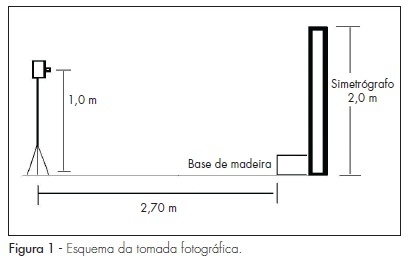Revista Brasileira de Ginecologia e Obstetrícia. 2009;31(7):353-360

OBJECTIVE: to evaluate by photogrammetry, postural changes in women with chronic pelvic pain. METHODS: thirty women with complaint of chronic pelvic pain and 37 without it, in a total of 67 women, were evaluated. The evaluation was realized through anamnesis, fixed markers in defined anatomical sites, and frontal, posterior, left and right lateral photographies. Photo analysis has been done by the software CorelDraw®, version 11.0. Quantitative values for postural analysis of the ankle, the knee in the saggittal plan, pelvis, lumbar lordosis, thoracic kyphosis, adducted/abducted scapula, shoulders, head and third finger on the floor test were obtained. The qualitative variables studied were the knee (varus, valgus or normal), the presence or not of winged scapula and leveling of shoulders. The Statistical Package for Social Sciences, version 16.0 was used for the statistical analyses. Fisher’s exact test and Monte-Carlo method were used to compare the qualitative variables, and for the quantitative data, t or Mann-Whitney test was used. The comparisons among continuous data, corrected for possible confusion variables were realized by the univariate covariance analysis. Significance level was established at 0.05 or 5%. RESULTS: there were significant differences between cases and controls for protruded head (47.5 and 52.0º, respectively; p<0.0001) and for protruded shoulders (1.9 and 1.6 cm, respectively; p=0.03). The other variables did not show significant differences. CONCLUSIONS: based on these results, attention to head and shoulder posture, to antalgic postures and to the emotional factor is recommended. Women with chronic pelvic pain should be treated, taking into consideration individual muscle-skeletal changes, and social and emotional conditions.
Search
Search in:


Comments